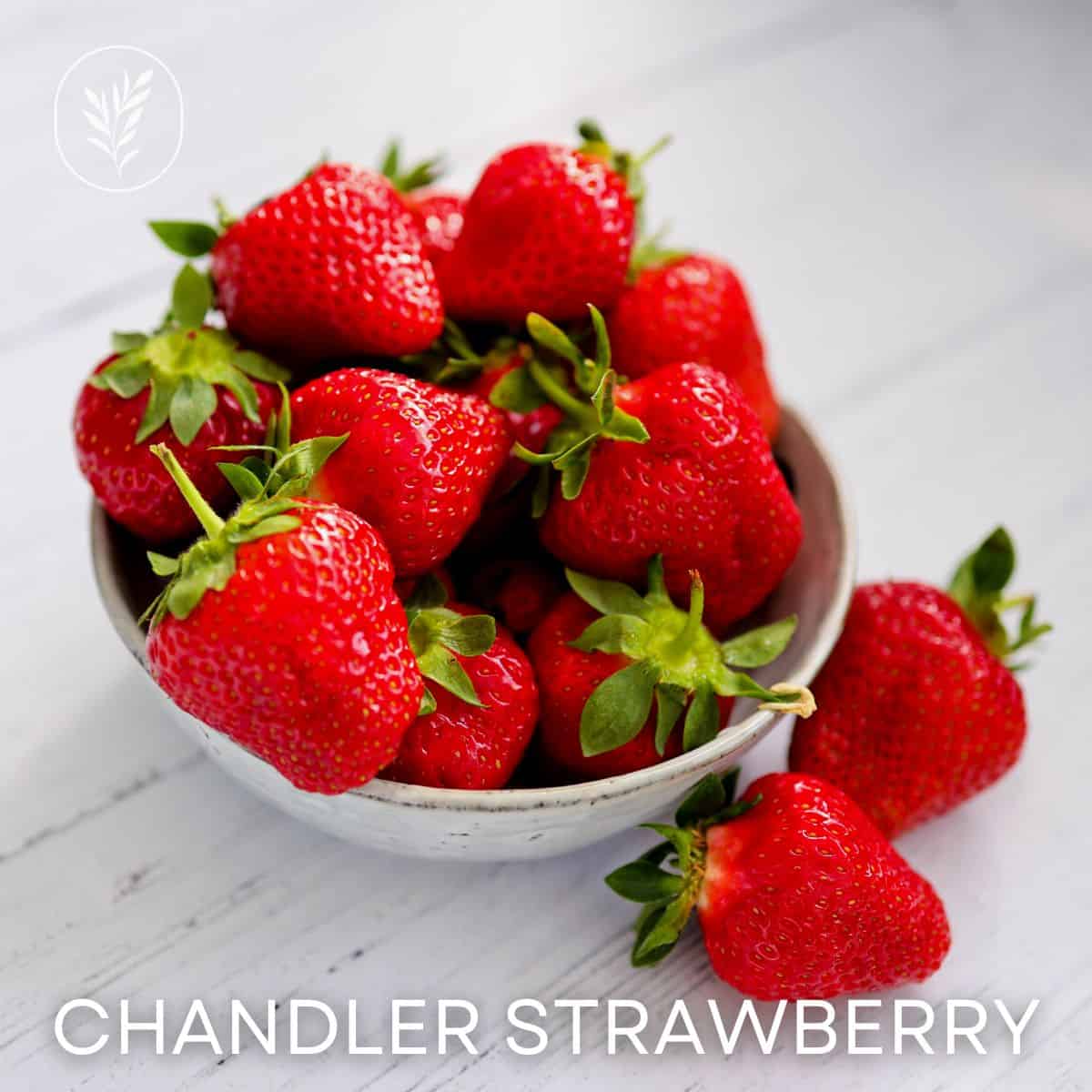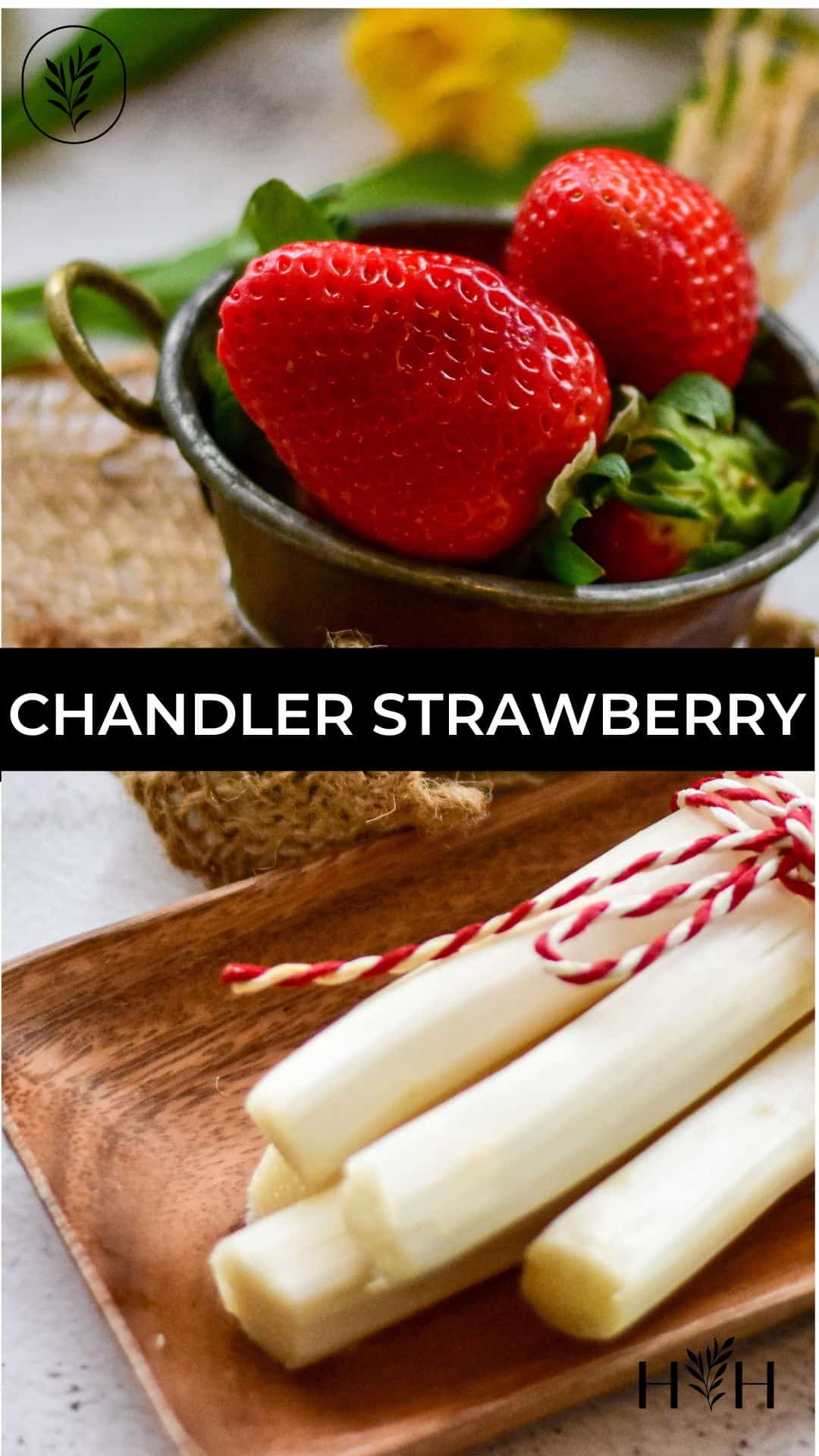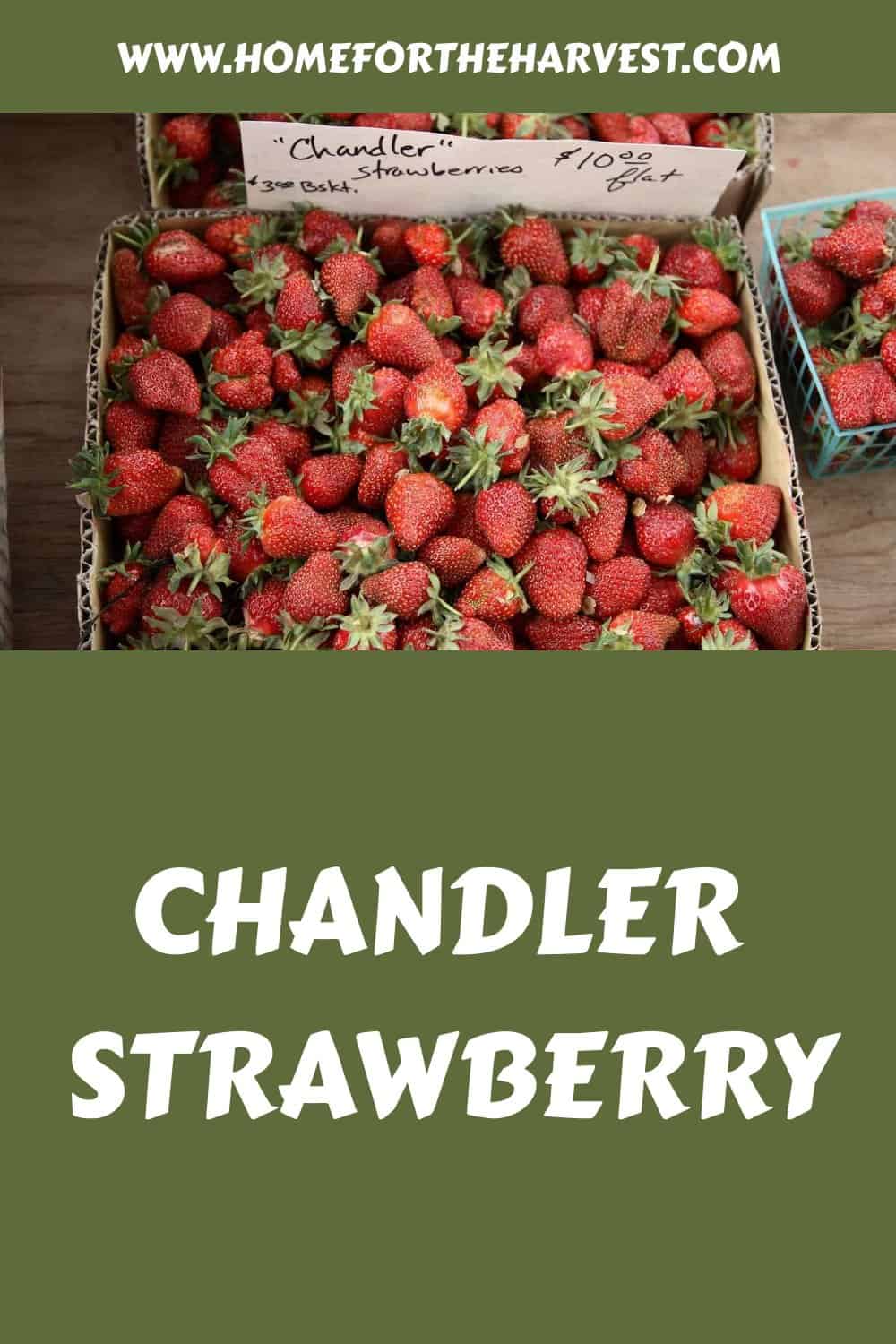There are over 600 different types of strawberries worldwide, but the Chandler strawberry may very well be the perfect strawberry you are dreaming of.
The Chandler strawberry is a June-bearing strawberry cultivar from California known for its large berries that grow well in hot southern climates. Chandler strawberry plants are easy to grow and tend to grow best in sunny spots with well-drained soil. Chandler strawberries are an excellent choice for warm-climate gardeners and market farmers looking for large, bright-red strawberries.
Read on to learn the specifics of Chandler strawberries, including what they taste like and how to grow them.
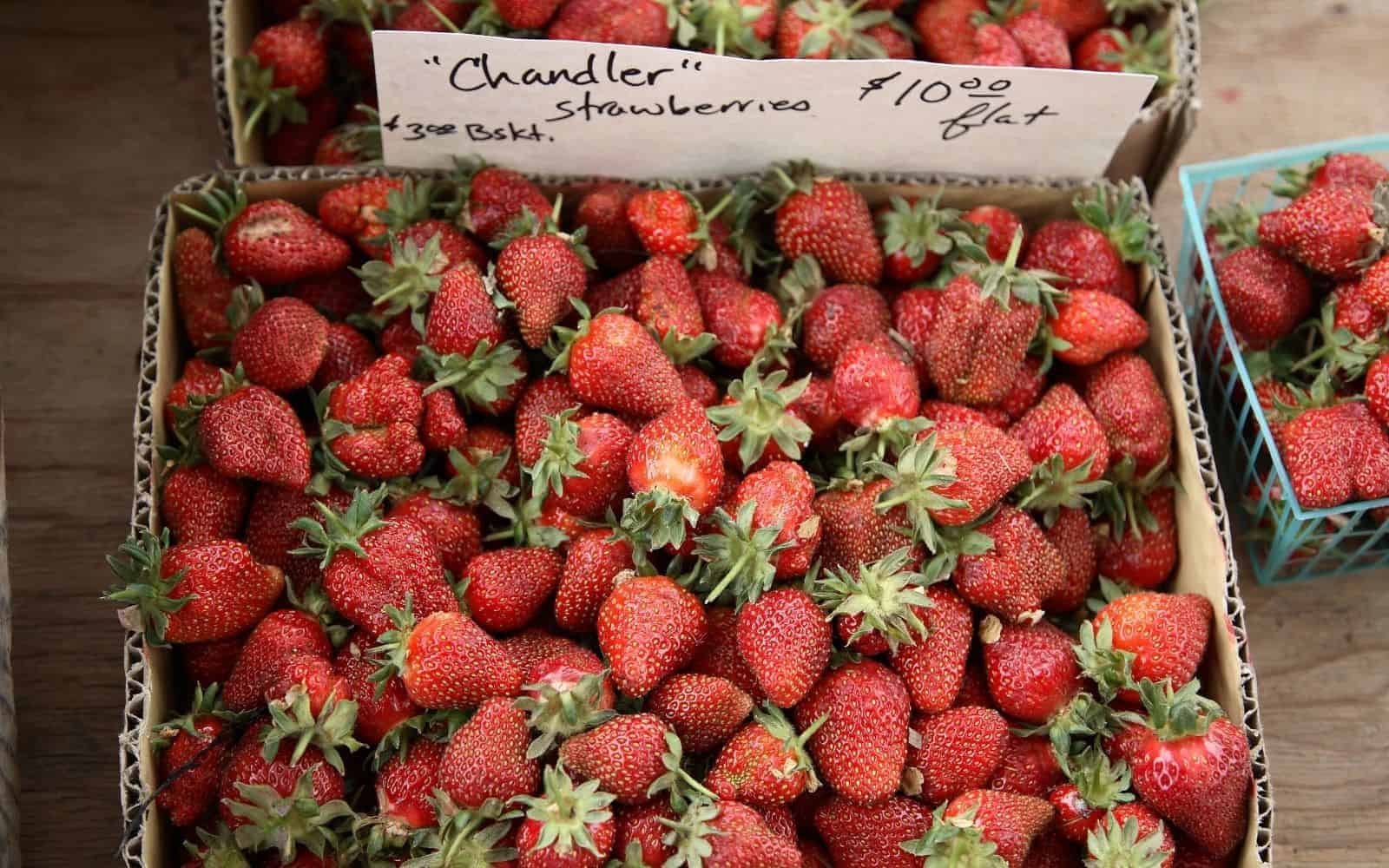
The Chandler strawberry variety
Chandler strawberries were bred by the University of California and introduced in 1983. Chandler strawberry plants are a hybrid cross between Douglas Strawberries and an un-named cultivar from the University of California.
Chandler strawberries are known for being very large and firm. Above all, their berries are known for being exceptionally juicy. They are one of the best varieties to grow and are perfect for eating fresh or adding to smoothies.
Chandler Strawberries are grown mostly in warm climates but are capable of being grown almost anywhere in the United States. Berries tend to ripen over a 3-week period in mid-June to early July.
Finding Chandler strawberry plants
Plant nurseries generally offer Chandler Strawberry plants in the spring. You can find them as a plant at your local nursery or as a bare root.
In terms of mail order, different plant nurseries ship their Chandler Strawberry plants at different times of the year. Most garden centers ship them while dormant, either in early spring or in mid-autumn.
Flavor profile: Chandler strawberry taste
Chandler Strawberries are known for their juicy taste, rich aromatics, and firm texture. Their taste is rich with sweetness and the interior of these strawberries is a deep red. Both of these features are in contrast to the typical best tasting strawberries bought in the supermarket. It’s worth searching out Chandler strawberries!
Chandler strawberries were bred for excellent flavor rather than for shelf life. This is why you do not find Chandler strawberries available on store shelves today. Keep an eye out for them at farmer’s markets and local fruit stands though! If you can get a hold of some of them, you’ll understand what the hype is about.
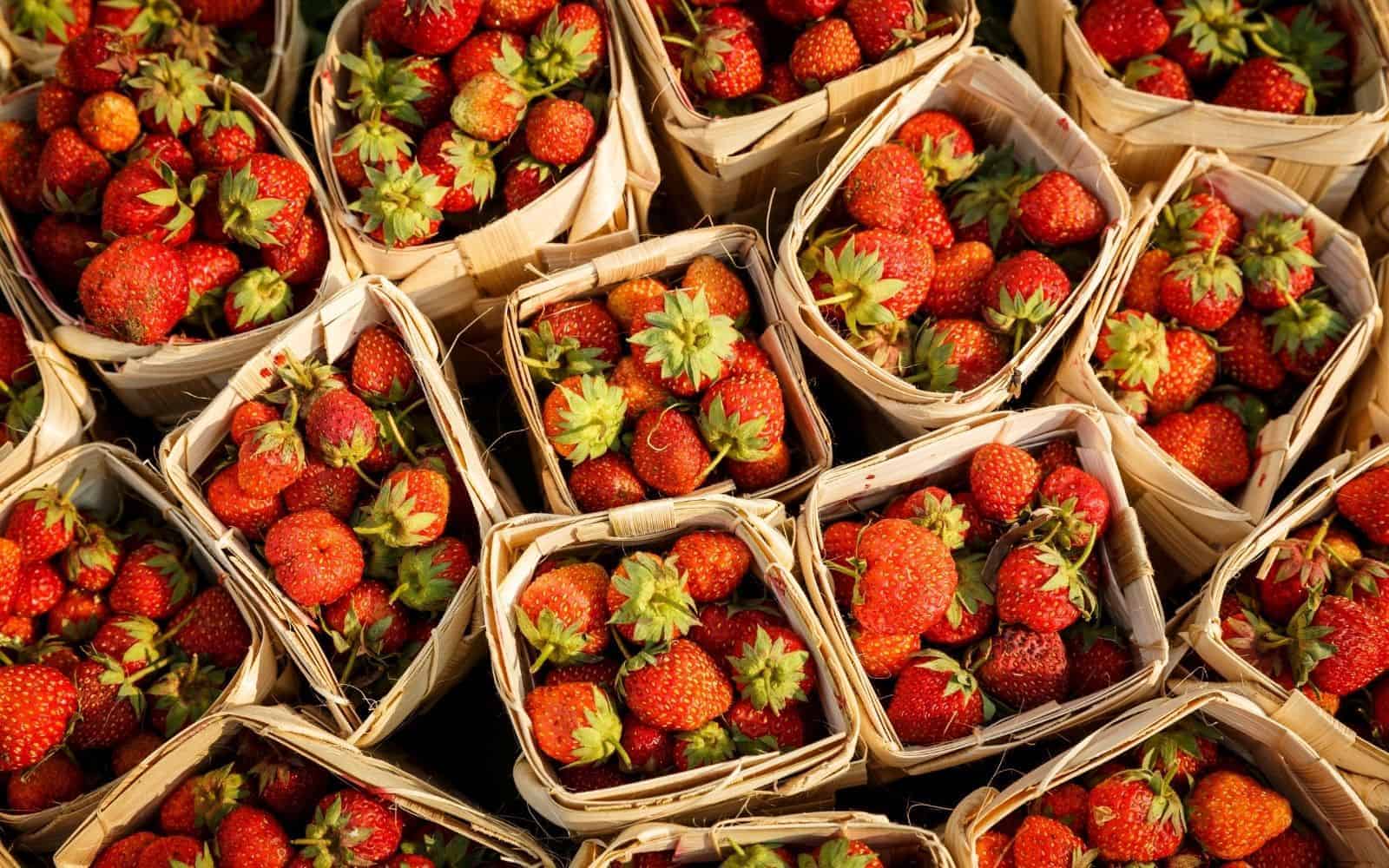
How to grow Chandler strawberries?
Since you cannot find Chandler strawberries in supermarkets, it would be best to consider growing your own in your backyard. As we mentioned earlier, you may be able to buy them at a farmer’s market or a roadside dealer, but you will miss out on the opportunity to grow these beautiful berries at home! You won’t have to pay anyone to do this, plus you can enjoy all the berries you can eat. They can then be turned into jam, jelly, smoothies, or any number of fresh baked goods.
Growing your own strawberries at home is rewarding, but you need to make sure you grow them properly to enjoy the benefits. Chandler strawberry plants will grow in warm weather conditions. They will grow great in the West Coast states as well as the southwest and southeast region of the United States. They don’t do well in cold conditions, so make sure you only plant them outside after the seasonal frosts have stopped.
The strawberry plants have shallow roots (about 6″ deep) and do not need much soil or space to grow. The preferred soil pH is slightly acidic (about 6 on the pH scale) and you will normally not have to do extensive watering unless you are living in a particularly dry season or climate.
Chandler strawberry plants are susceptible to root rot and must be planted in well-drained soil to be healthy. It is also a good idea to plant your strawberry plant far ahead of harvest. What this means is that if the strawberries will bloom in June, you should plant the plant in December (assuming a warm climate without frozen soil). This gives the strawberries time to grow larger.
The harvest season for Chandler strawberries is normally in June, as this is when they yield the most berries.
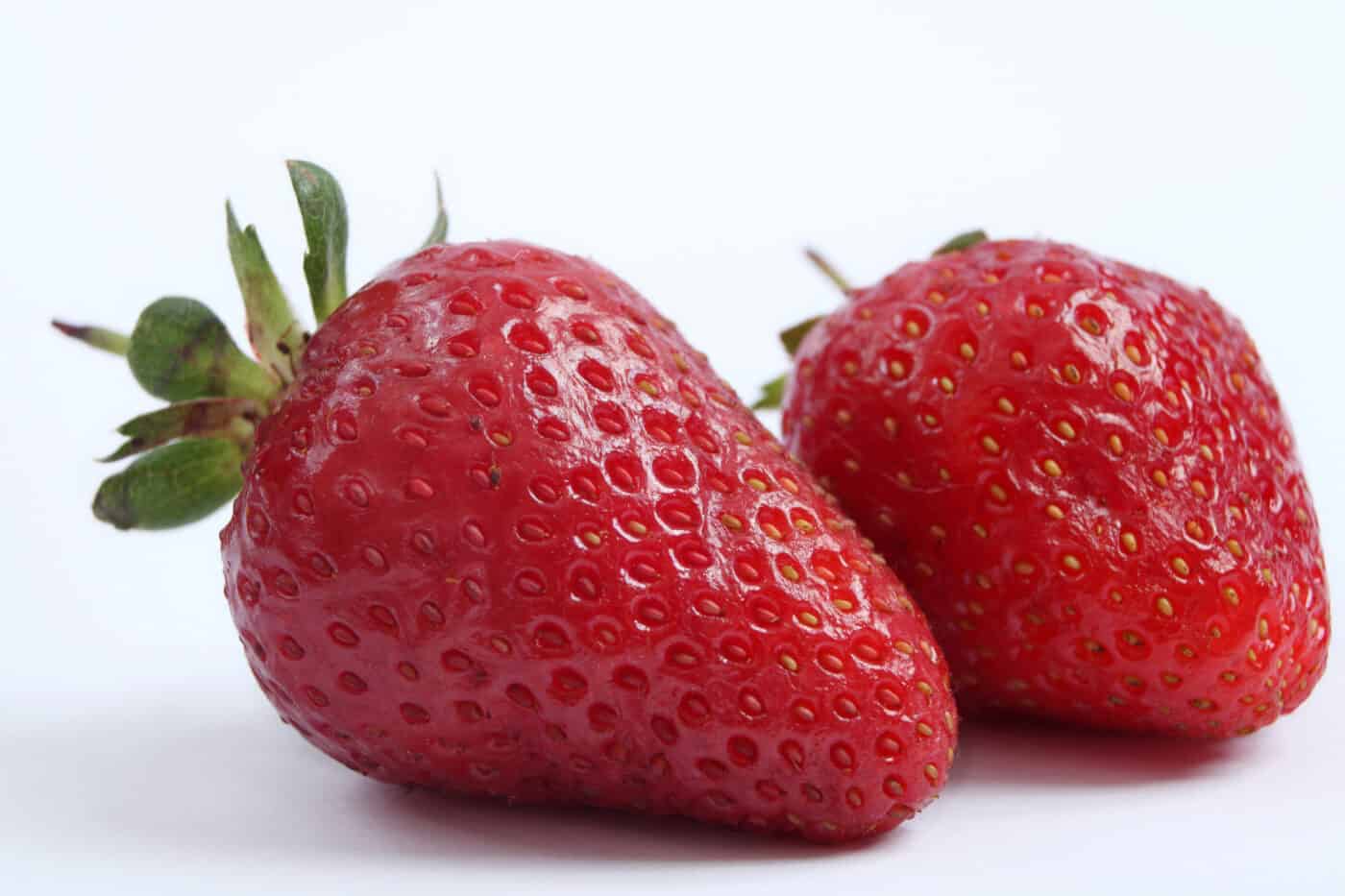
Chandler strawberry plants: Troubleshooting
Some problems that may arise when you are growing strawberries are the animals and slugs that will eat them and destroy your fruit. People love to eat berries, and so do a variety of bugs, birds, and animals. To prevent this, you can invest in a net you can place over the entire plant. This netting will protect your Chandler strawberries without damaging them. They can also still access sun and water, while still enjoying a protective barrier that keeps away larger pests. You may need to spray the plants to prevent bugs from eating them though.
Normally, the Chandler strawberry plants are resistant to insects despite being susceptible to diseases. Slugs are what you should be most aware of, so be sure to monitor the strawberries once they begin ripening. This is usually when slugs and other predators will stop by for a snack of your delicious strawberries. Possums and mice are also potential threats, so make sure you monitor your plant and keep it in a safe area.


